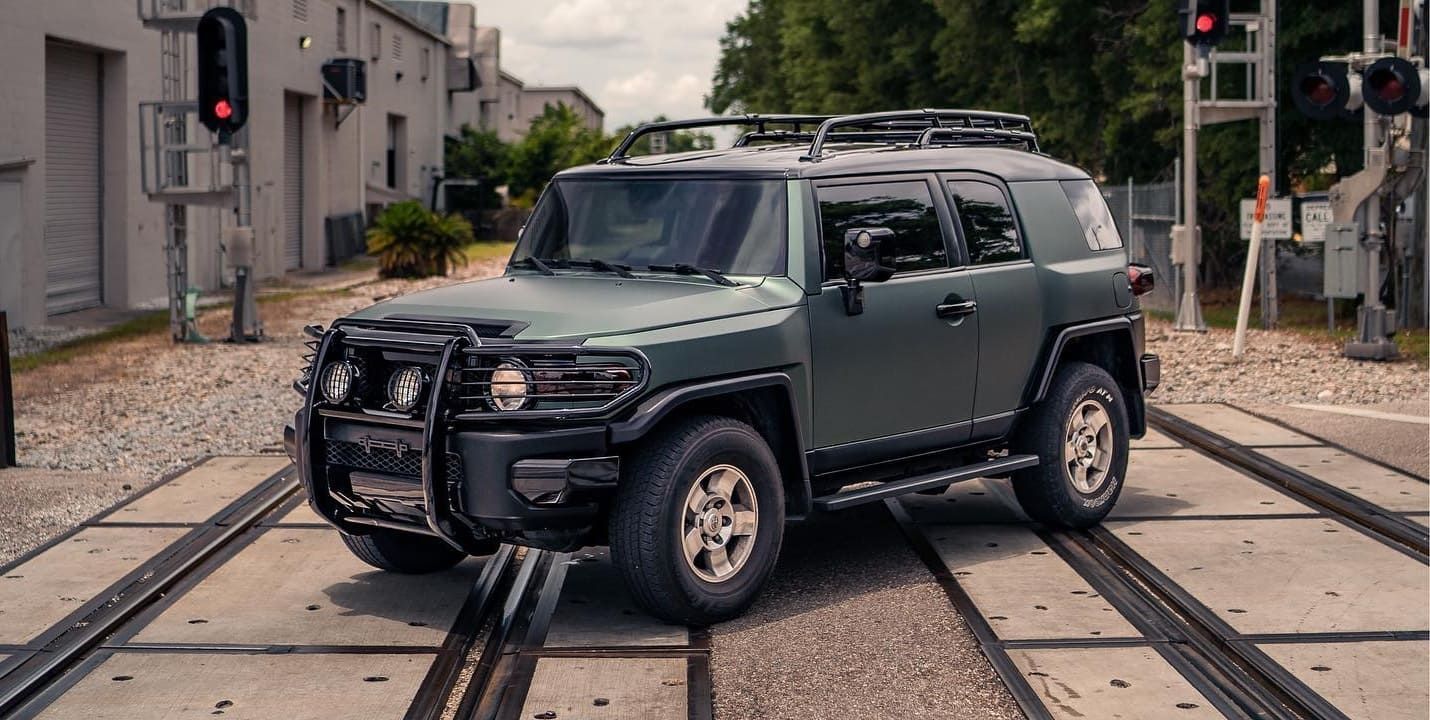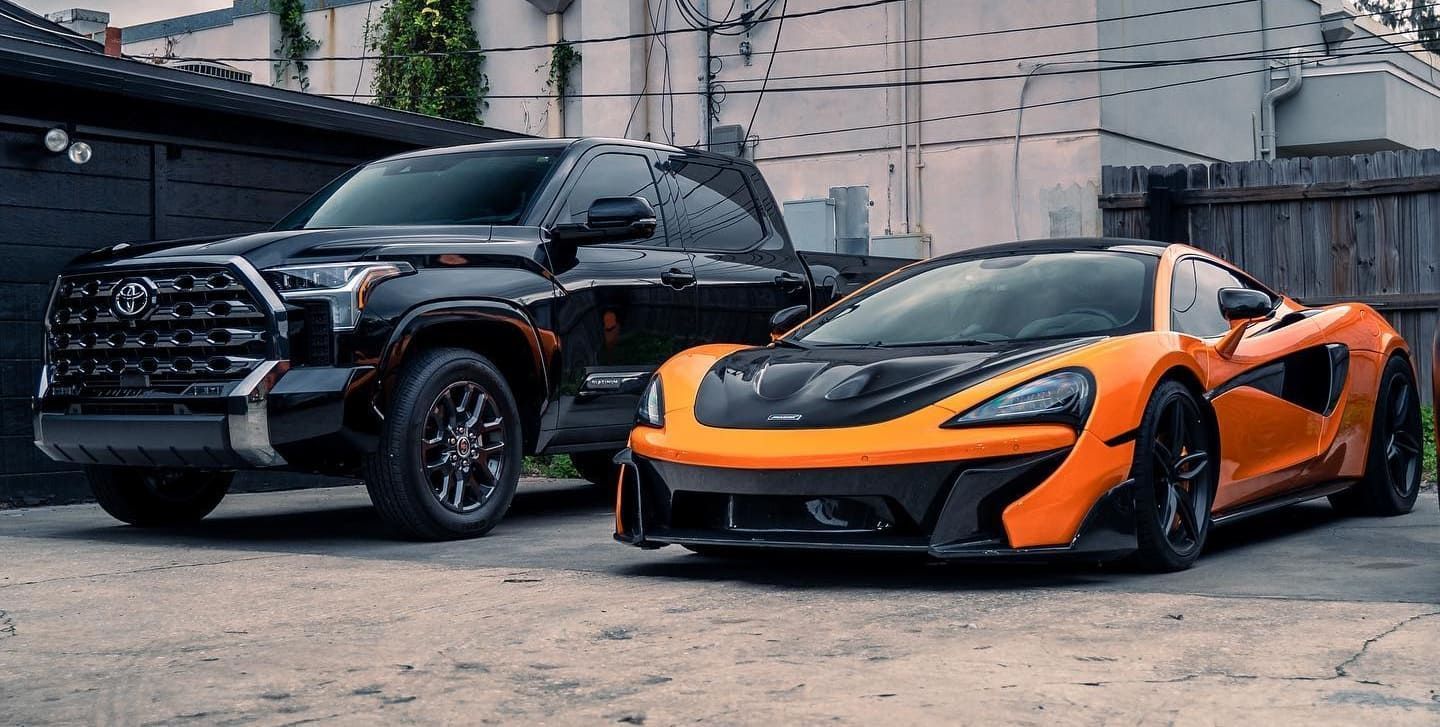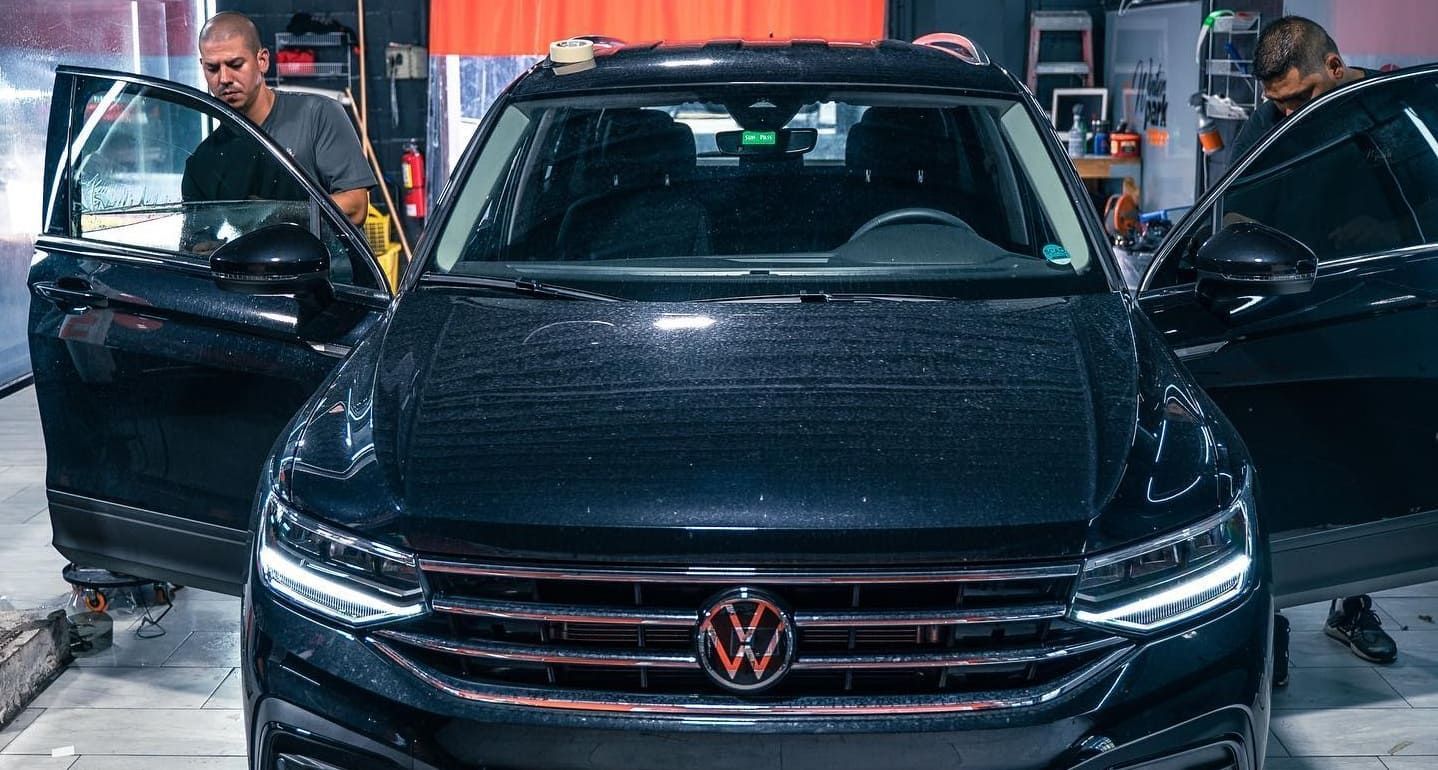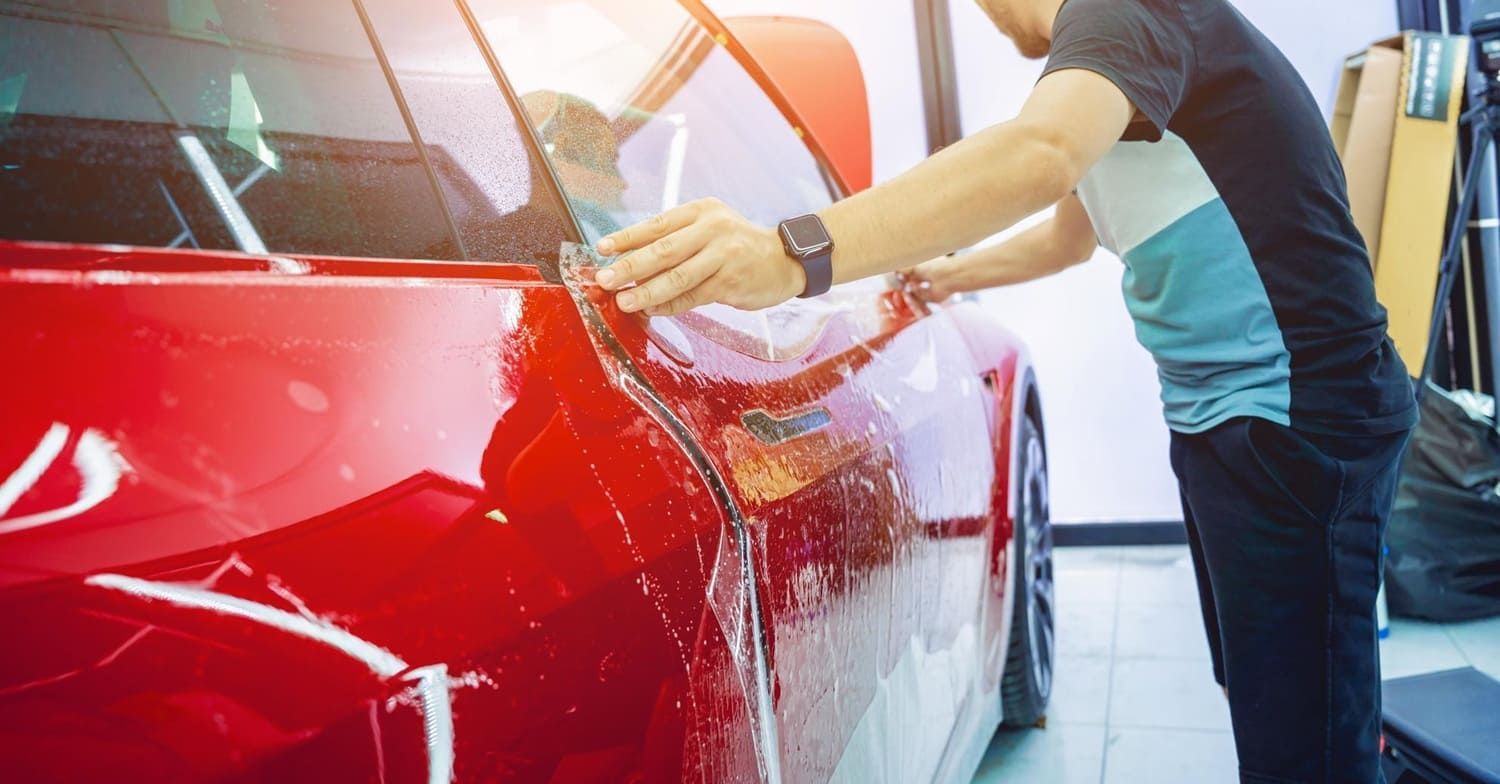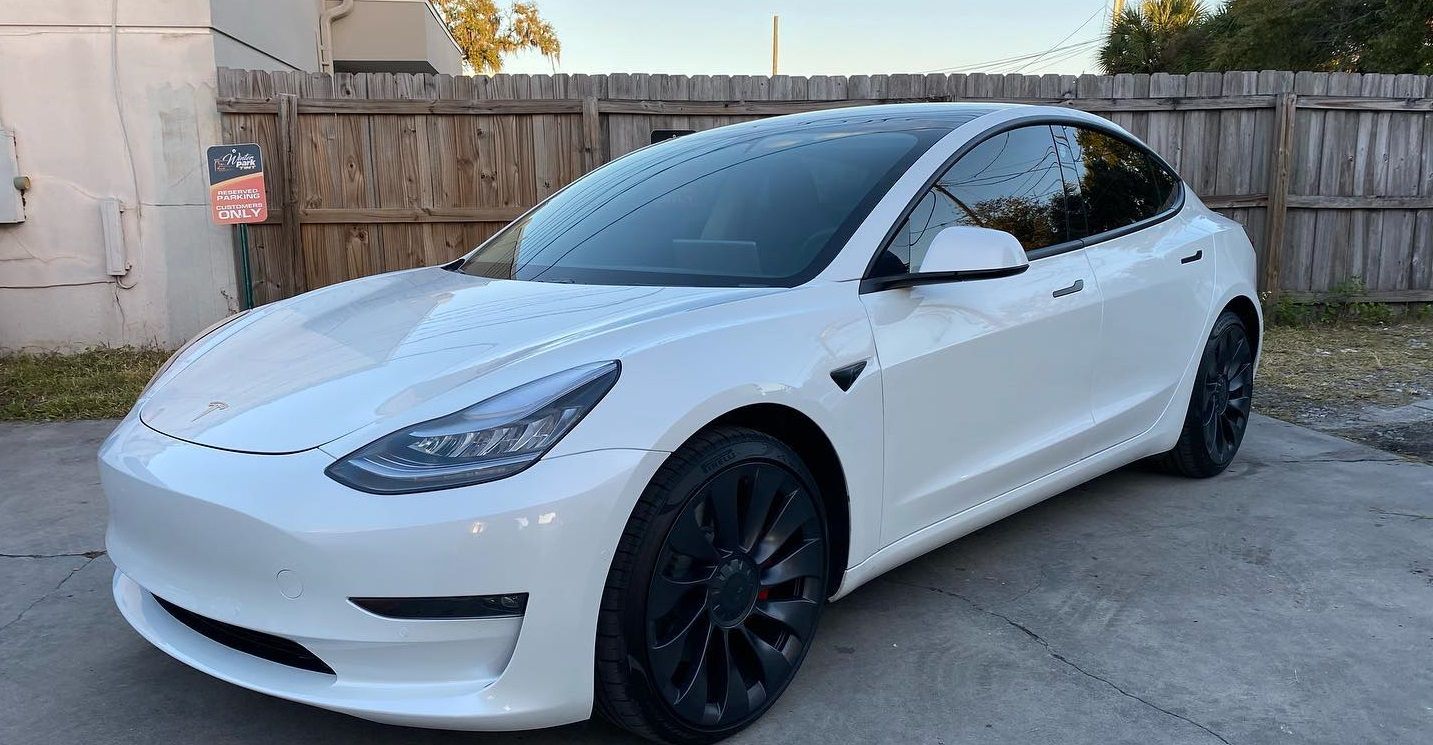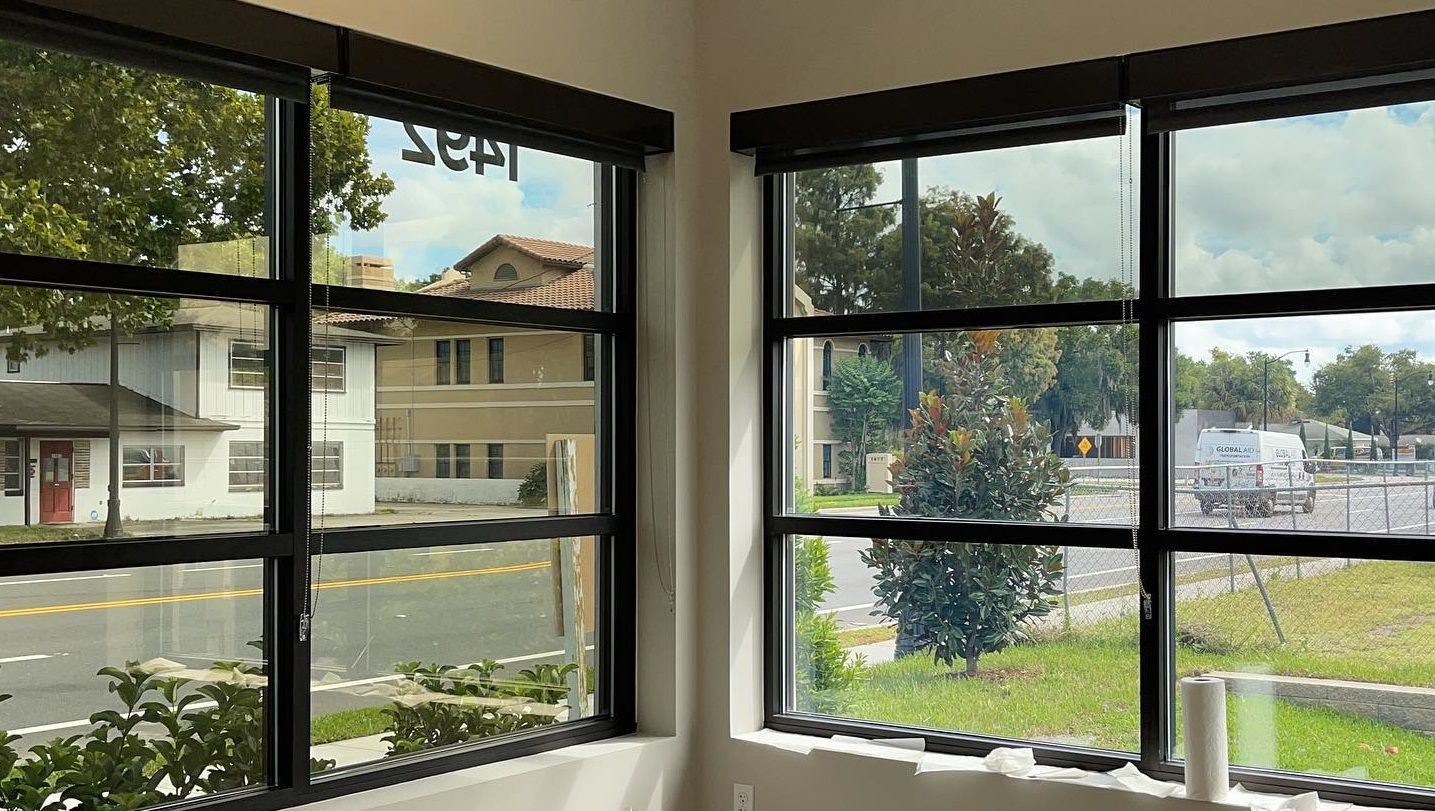How to Choose the Best Tint Percentage for Your Car Windows
There are many reasons to get a window tint, but what percent is best? This guide shows how to choose the best tint percentage for your car windows.
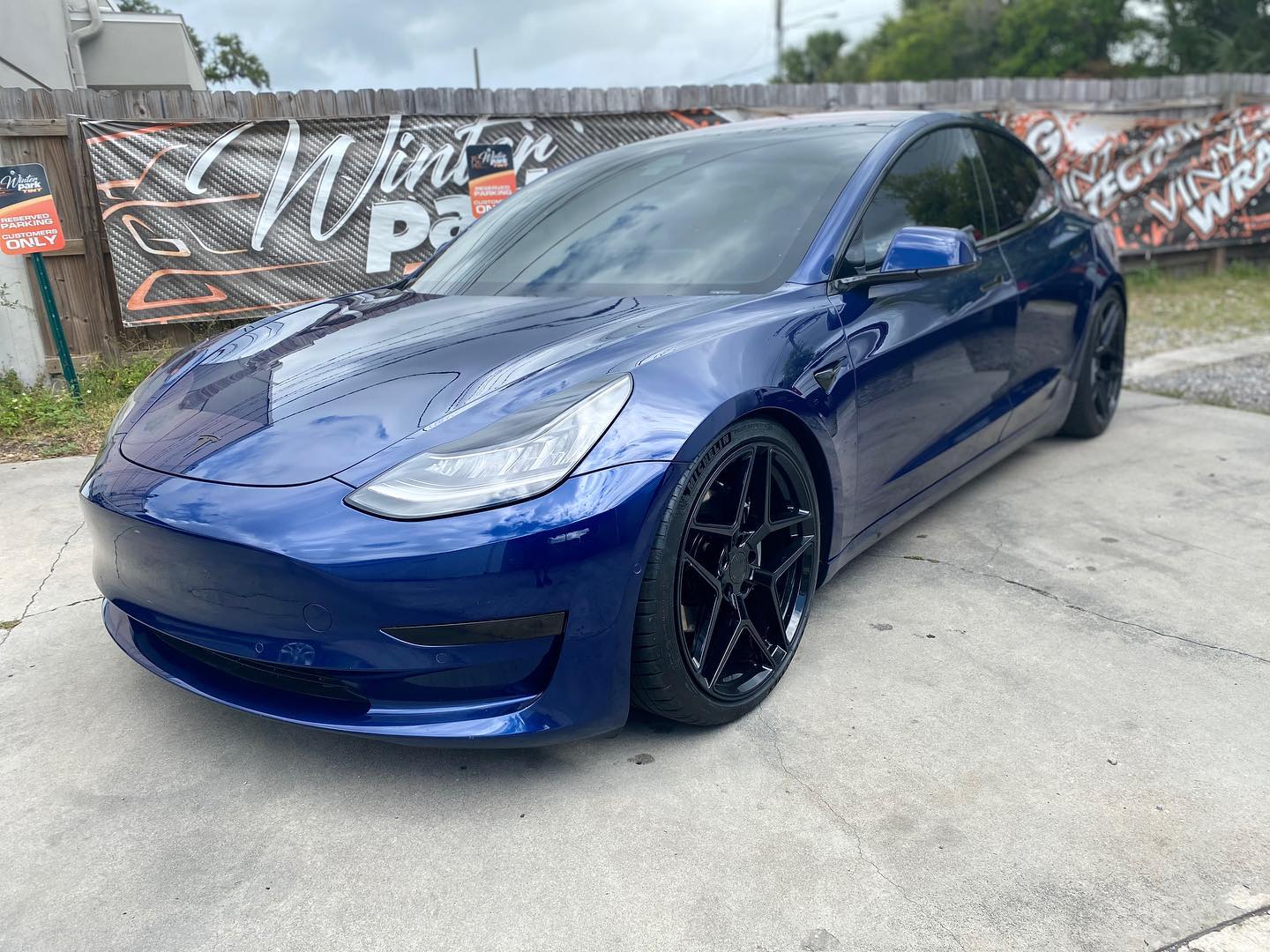
If you're caught with window tinting that's just a little bit too dark, you can get fined $200 (or more).
But how do you know how dark you can go? Is tinting your windows worth the risk?
As long as you do your research, you can tint your windows without worrying about being pulled over by cops. We've put together this guide to help you learn how to choose the right tint percentage for your car, so make sure you keep reading below!
A Higher VLT Percentage Doesn't Equal Darker Tint
All window tint has a VLT (or visible light transmission) percentage. This number shows you how much light the film blocks and how much is able to pass through the tint. For example, window tint that has 50% VLT keeps 50% of the sun's rays out of your car.
But don't make the mistake of thinking a higher number means a darker film.
The percentage represents the amount of sunlight that can shine through the tint. So if you apply window tint with 80% VLT, it will only block 20% of the sun's rays.
If you want to go as dark as possible, make sure you get the lowest VLT percentage you can find.
Figure out How Dark You Can Go
You may want your windows to be so dark other drivers can't see through them, but that doesn't mean you'll be able to go that dark. Every state has different laws about the VLT percentage you can use.
Before you put anything on your windows, spend some time researching the tinting laws in your area. (If you aren't sure where to start, you can talk to a window tinting professional.)
But don't stop there.
Depending on where you live, you may need different types of window film for each car window. Let's take a look at the tinting laws in Florida:
- Front side windows: 28% VLT
- Back side windows: 15% VLT
- Rear window: 15% VLT
- Windshield: you can only tint above the as-1 line
You can put darker tint on your back windows than your front windows, and you can't even tint the entire windshield. Make sure you learn the right laws for each window so you don't make a mistake.
Don't Try to Go Darker Than You Should
If you aren't careful, your window tint can obscure your vision while on the road, especially if you're driving at night. You may be able to see through tint with a 20% VLT just fine when it's sunny outside, but the film will continue to block light during the night. This will make it seem even darker than it is, which can make it difficult to see.
You can also get in trouble if you're caught driving with illegally tinted windows. You may have to pay a hefty fine, and you may have to remove the tinting altogether, which will cost extra money (and may even damage your windows).
It's not worth trying to go a little darker if it puts you in danger on the road.
Think About WHY You Want to Tint Your Windows
What do you want your window tinting to do?
Do you want to keep the interior of your car cool? Do you want to reinforce the strength of your windows?
If so, you can stick to a tint that has a higher VLT percentage. A film with 50% VLT (or even higher) may seem clear, but it'll block a significant amount of the sun's rays and keep the heat out of your vehicle. No matter what percentage you get, you'll improve the integrity of your glass.
However, if you want to increase your privacy, you'll need something darker. Keep in mind, though, you may not be able to go as dark as you want. Most states don't allow completely opaque windows.
Thinking about your window tinting goals will ensure you end up with the right VLT percentage.
Double Check If Your Windows Are Already Tinted
Some cars come with factory tinted windows. If you add more film on top of this, it can make the final tinting job much darker than you expected.
And you may not even notice this window tint. Make sure you get this information when buying the car. You can also research your car's year and model or get in touch with the manufacturer to find out the condition of the windows.
Choosing the Right Tint Percentage for Your Car
You shouldn't buy any type of window film before understanding the tint percentage. Otherwise, you could end up with windows that are a lot darker (or lighter) than you expected—something that can be a costly mistake.
You can do all this research yourself, or you can talk to a window tinting professional to get recommendations based on your state's laws and your needs. This will also ensure you don't accidentally apply illegal film to your windows.
Because of this risk, you should never try to tint your own windows at home. The job is a tricky one (if you don't have the right tools or experience, the film can bubble, peel, and ripple right away), and if you make a mistake, you'll have to pay more money on a professional do-over anyway.
It's worth spending a bit of extra cash on quality film and quality services.
Not sure where to look? We've got you covered!
Don't hesitate to get in touch with us today to learn more about how Winter Park Tint can help you or to schedule an appointment for your car.
